- Home
- About Us
- TBC Membership
- TBC Stores
- LifeStyle
- LifeUber
- CEO Corner
- Money Matters
- GLOBAL QUOTESBANKING
- News
- Contact Us
Travel Destinations
Entertainment
Party !!!
Luxury Rentals
Health Relaxation & Beauty
Extreme Sport
Wild World
Out of the Box
World Events
Sport Events
Music Festivals
Charity Events
Social Events
TBC Events
Expo, Conf. & Conventions
The Plan: Formation, Pitch Deck & More
Global Research
Franchise & Small Bus. Opportunities
TBC Domains Websites & Hosting
Expos: Tech, eCom, Invest, Pitch, Mktg, etc.
The Gurus
The Pros (Global Professionals - Best of the Best)
Business Services
The Source: Products & Services (you can sell)
Affiliate Networks, Marketing & Links
Advertising, Mktg, Socialmedia, Funnels & more
My Office: Temp, Virtual & More
Entrepreneur Vocabulary
Motivate & Inspire
Free Forms
Global Networks, Associations, Super Groups & more
Play it forward
Angels & Entrepreneurs
TBC Crowdfunding
Easy Business Funding
Your Pitch Deck
Mentors & Mavericks
Global Banking & Money Transfers
Global Stock Bond Options Forex & Crypto Quotes
TBC Membership
LifeStyle
LifeUber
CEO Corner
The Plan: Formation, Pitch Deck & More
Global Research
Franchise & Small Bus. Opportunities
TBC Domains Websites & Hosting
Expos: Tech, eCom, Invest, Pitch, Mktg, etc.
The Gurus
The Pros (Global Professionals - Best of the Best)
Business Services
The Source: Products & Services (you can sell)
Affiliate Networks, Marketing & Links
Advertising, Mktg, Socialmedia, Funnels & more
My Office: Temp, Virtual & More
Entrepreneur Vocabulary
Motivate & Inspire
Free Forms
Global Networks, Associations, Super Groups & more
Play it forward
- Home
- About Us
- TBC Membership
- TBC Stores
- LifeStyle
- LifeUber
- CEO Corner
- The Plan: Formation, Pitch Deck & More
- Global Research
- Franchise & Small Bus. Opportunities
- TBC Domains Websites & Hosting
- Expos: Tech, eCom, Invest, Pitch, Mktg, etc.
- The Gurus
- The Pros (Global Professionals - Best of the Best)
- Business Services
- The Source: Products & Services (you can sell)
- Affiliate Networks, Marketing & Links
- Advertising, Mktg, Socialmedia, Funnels & more
- My Office: Temp, Virtual & More
- Entrepreneur Vocabulary
- Motivate & Inspire
- Free Forms
- Global Networks, Associations, Super Groups & more
- Play it forward
- Money Matters
- News
- Contact Us
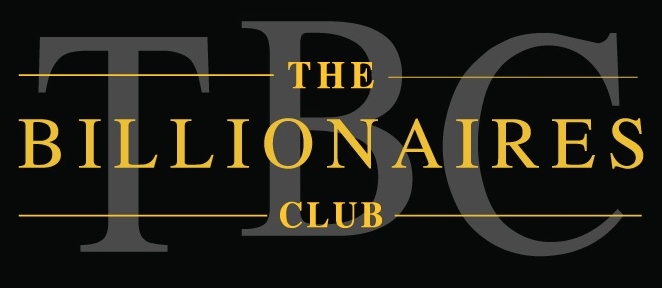

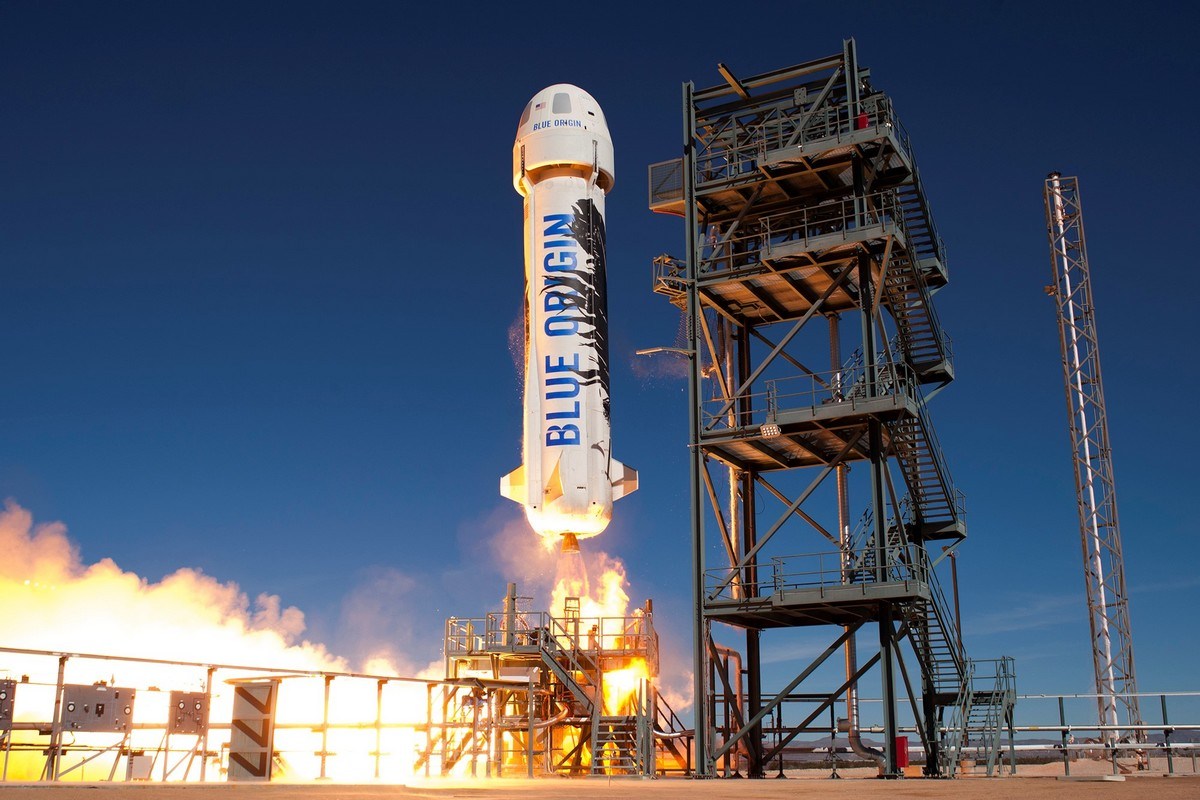
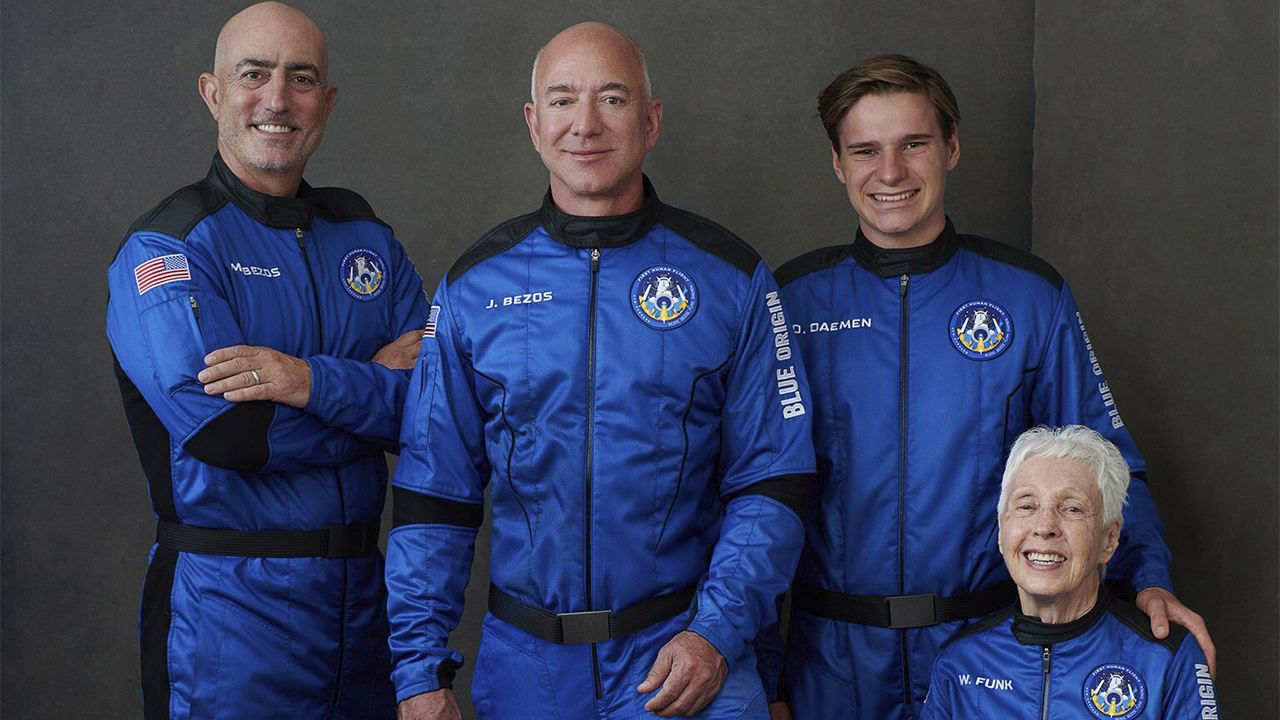
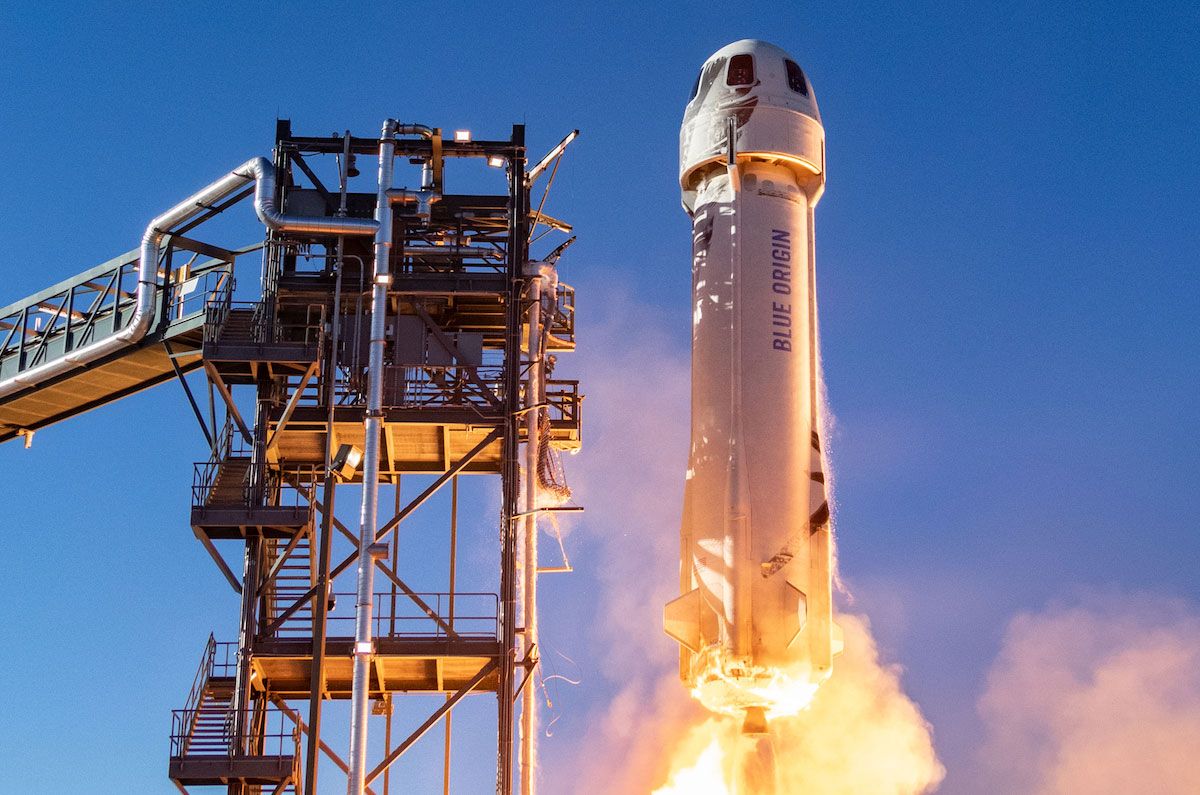
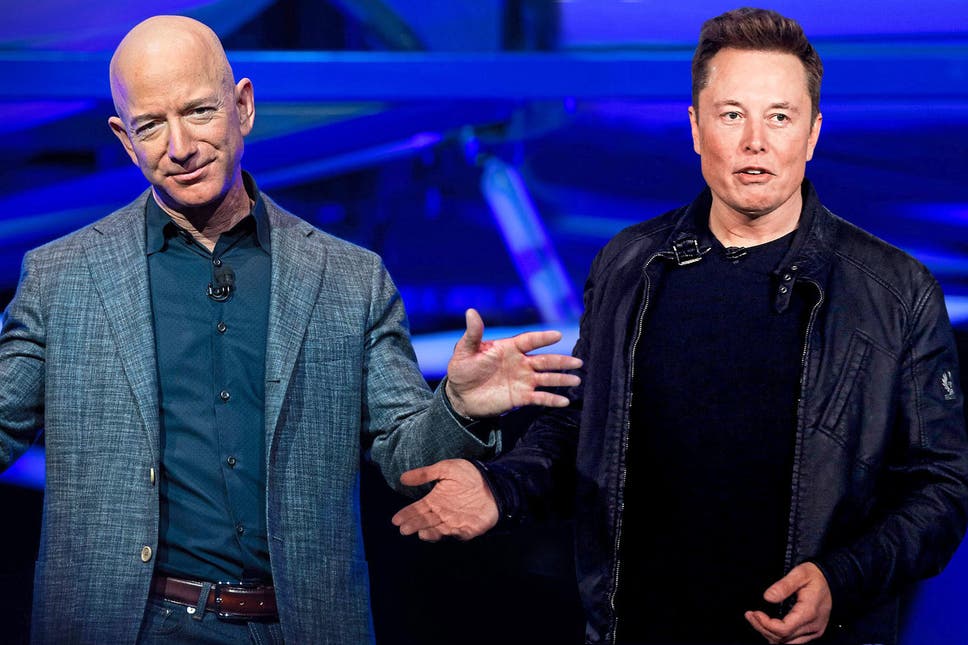
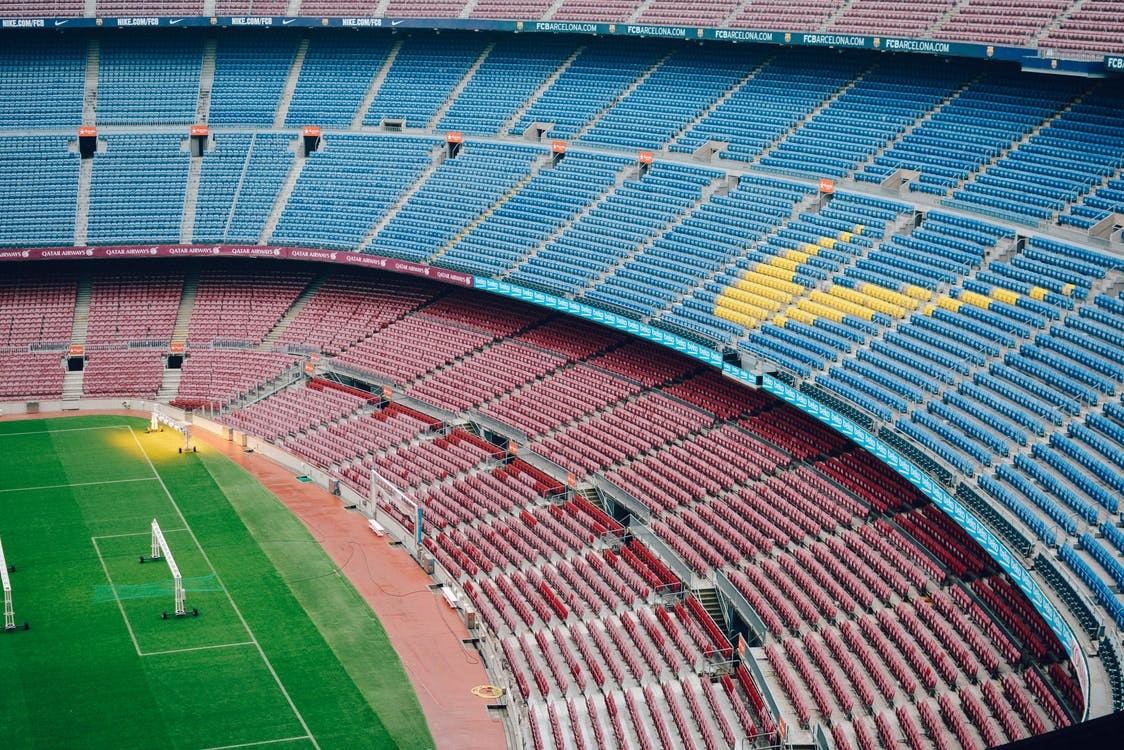
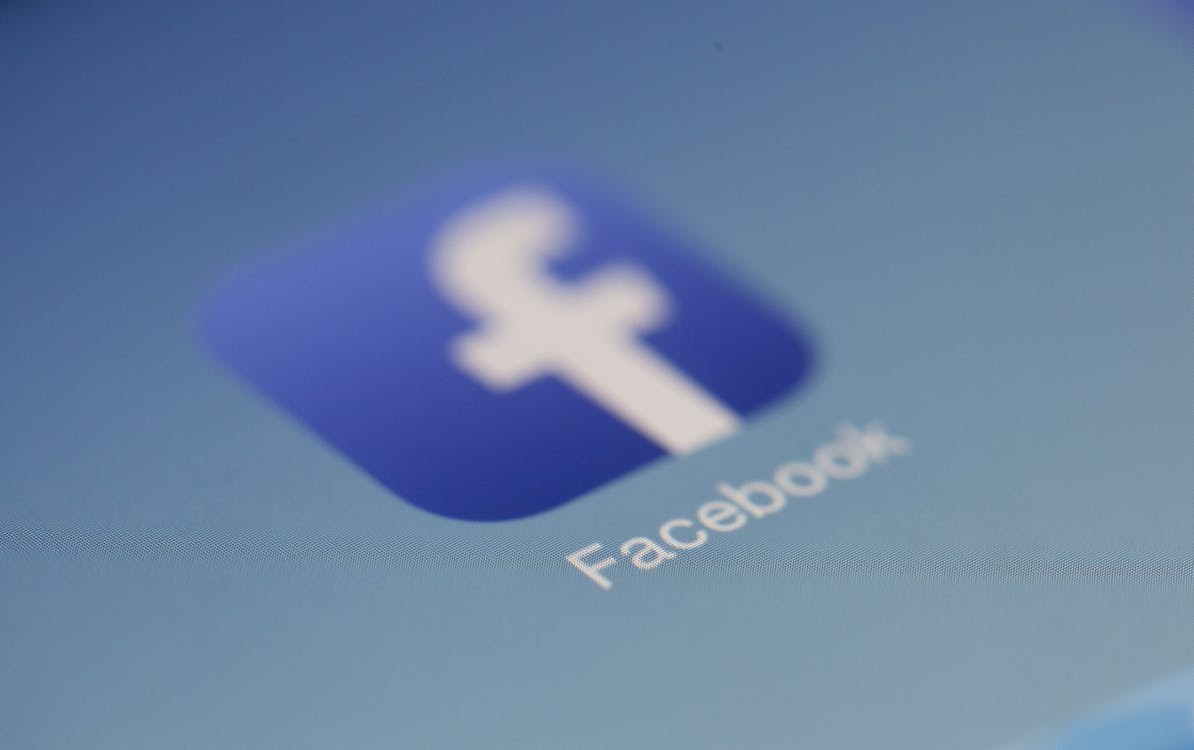
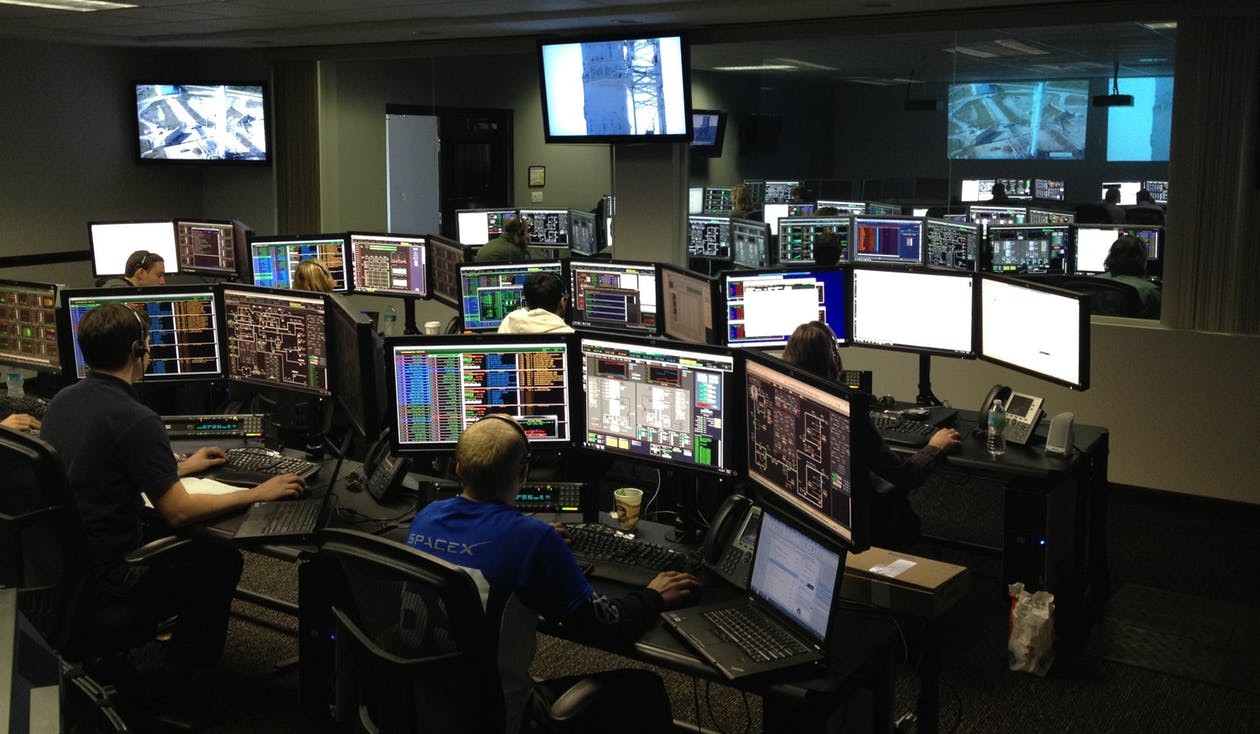





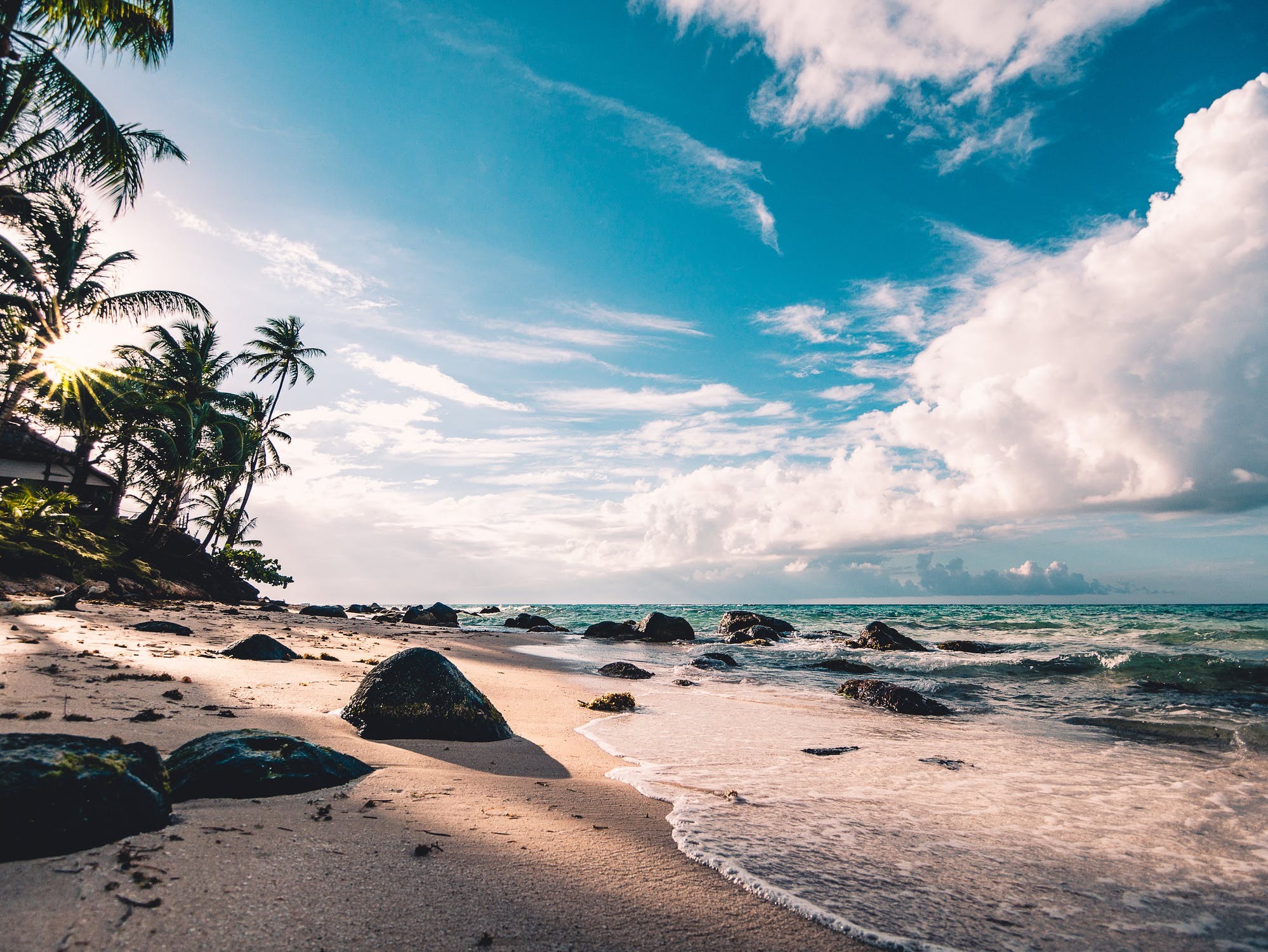
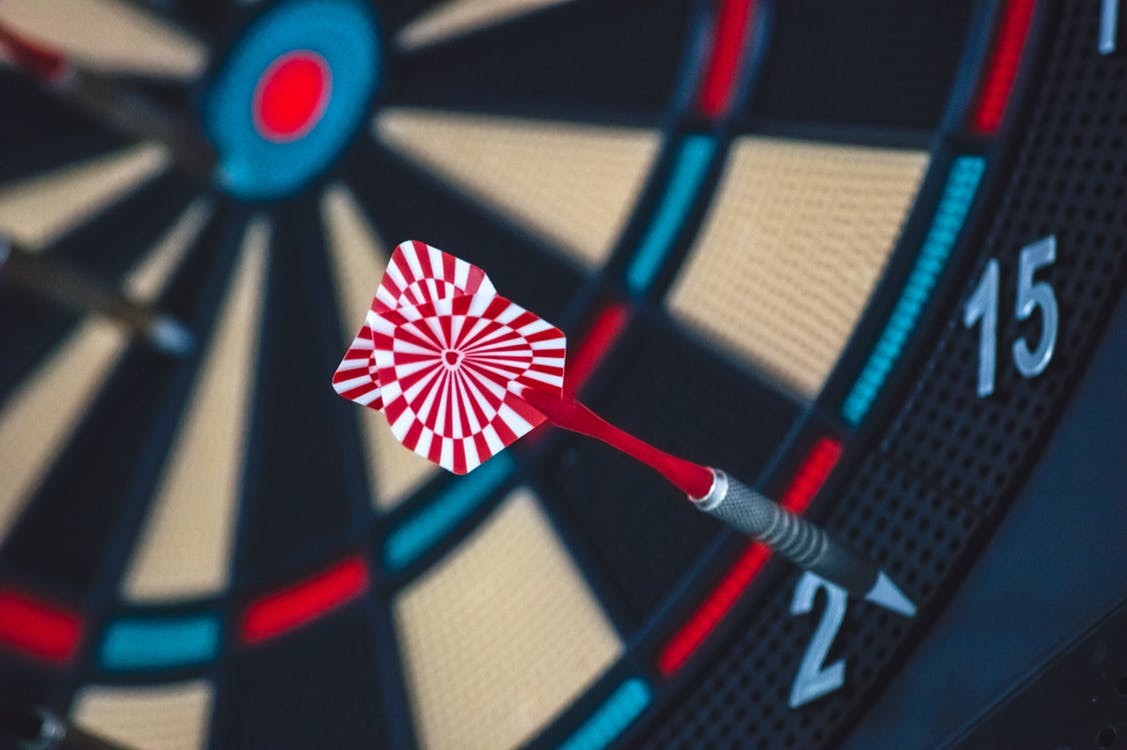
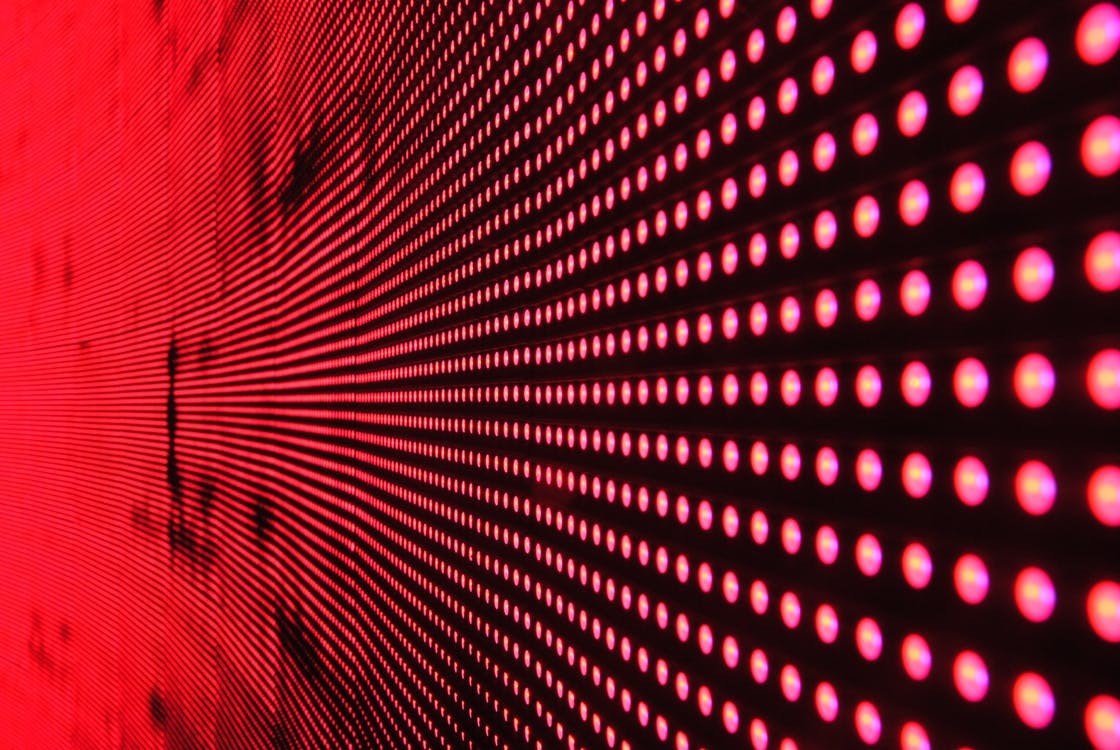
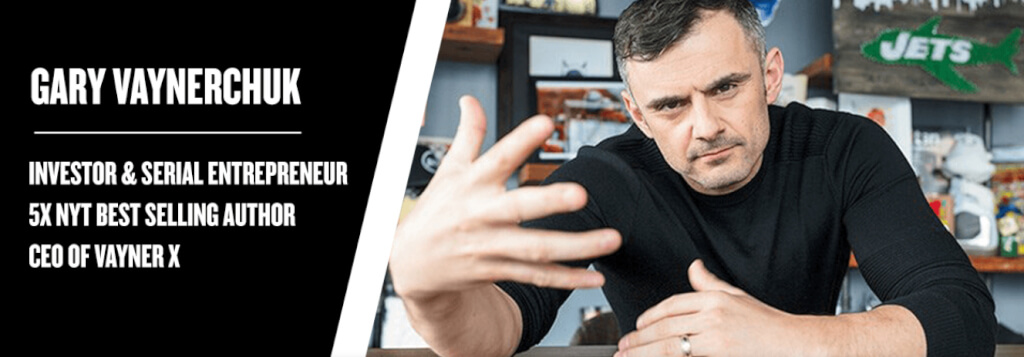
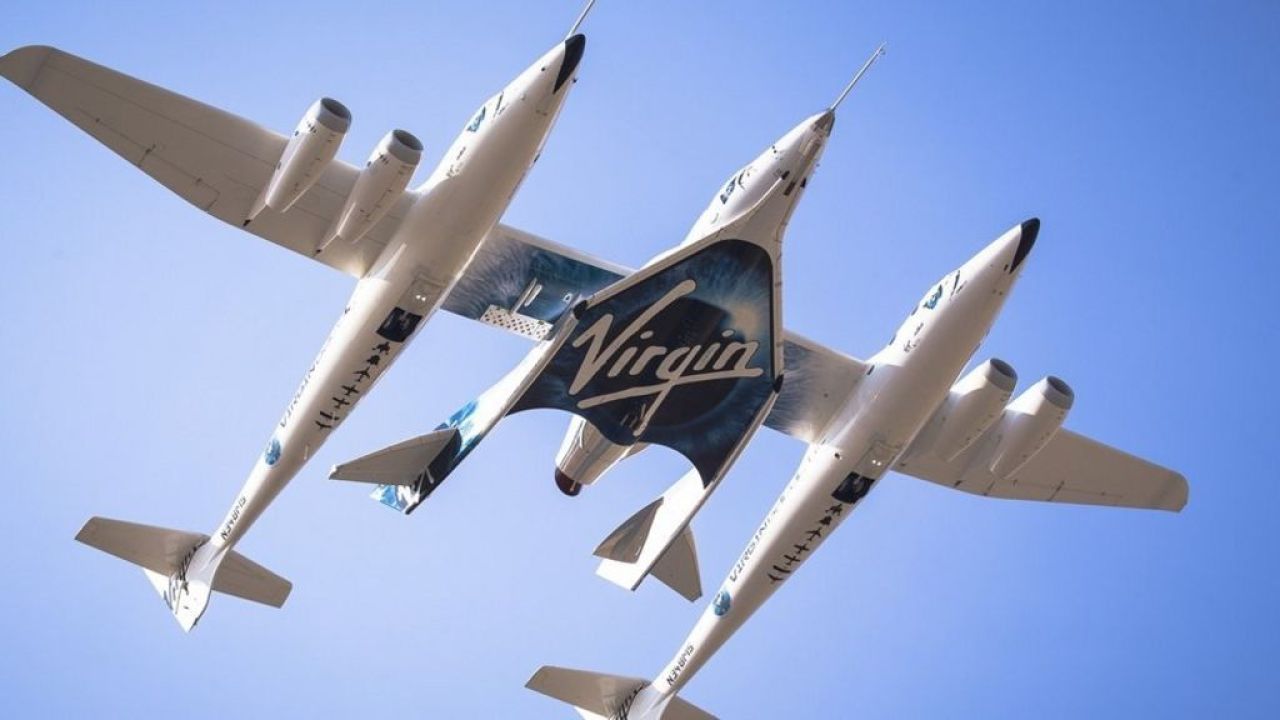
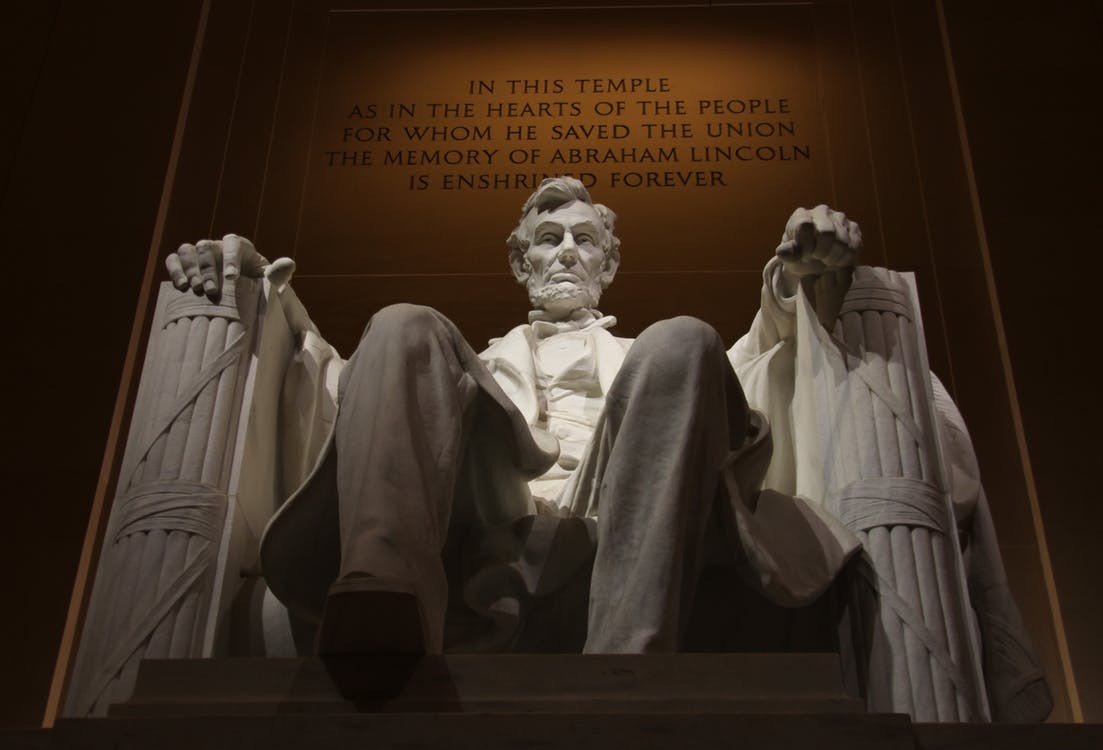
Comments
No comments yet. Be the first one!
Error occurred while posting your comment ¯\_(ツ)_/¯